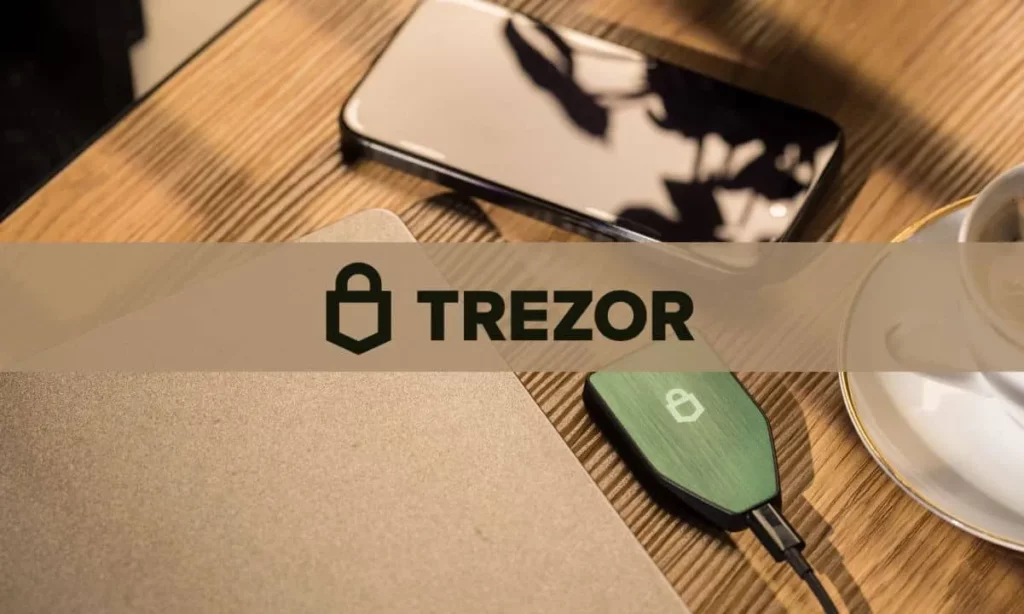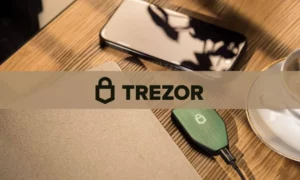
Why Self-Custody Is Critical for Crypto Security
As any experienced crypto owner will tell you, self-custody is essential for protecting your digital assets. However, what does it mean exactly? Self-custody refers to the practice of holding and managing your own crypto assets without relying on third-party services such as exchanges or lending platforms. This means that you are solely responsible for storing, backing up, and controlling access to your private keys.
This approach eliminates the risk of losing access to your assets due to centralized failures and aligns with the core ethos of crypto: decentralization and financial sovereignty. Freedom is at the heart of crypto’s appeal. However, as history reminds us, freedom isn’t handed to you – it’s earned through responsibly managing your resources.
The 2025 bull market is in full swing, but we’ve seen time and time again that exchange failures can happen even after periods of intense hype. FTX’s collapse in 2022 serves as a prime example: customers lost access to their funds when the exchange couldn’t meet withdrawal demands. This risk isn’t theoretical – it’s real.
Continuing to store assets on centralized platforms directly contradicts the very reason crypto was created: to break free from middlemen and take ownership of one’s finances. As Nassim Nicholas Taleb’s turkey analogy goes, just because things appear stable doesn’t mean disaster isn’t around the corner. The only way to avoid becoming the unsuspecting turkey is to act early – before it’s too late.
That begins with moving your crypto into your own custody.
When selecting a wallet type, you have two primary options: hot and cold wallets. Hot wallets are mobile or desktop apps that store your private keys on internet-connected devices like laptops or smartphones. They’re typically free and user-friendly but their connection to the internet leaves them vulnerable to malware or hacking. These wallets are best suited for small-scale transactions.
Cold wallets, by contrast, store your keys offline – making them far less susceptible to online threats. A common example is hardware wallets: physical devices designed specifically to isolate and protect your crypto. These are ideal for long-term holders or anyone managing substantial amounts of digital assets.
When opting for a hardware wallet, many security-conscious users lean toward open-source solutions. Such wallets allow for full code transparency – allowing the community to audit and verify their integrity. Trezor is an exemplary example: its open-source firmware and straightforward design are specifically built to focus on one thing – securing your keys without unnecessary features that could increase vulnerability.
This transparency and purpose-built architecture make open-source hardware wallets a trusted choice for anyone serious about self-custody.
In conclusion, self-custody isn’t just about securing your digital assets – it’s a mindset. It demands learning how to manage your keys, understanding the risks, and using the right tools. Centralized platforms can fail, markets can crash.
Source: cryptopotato.com

